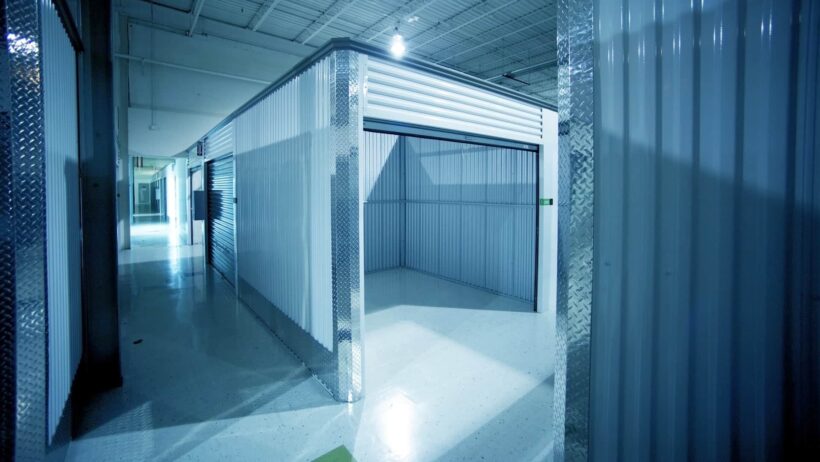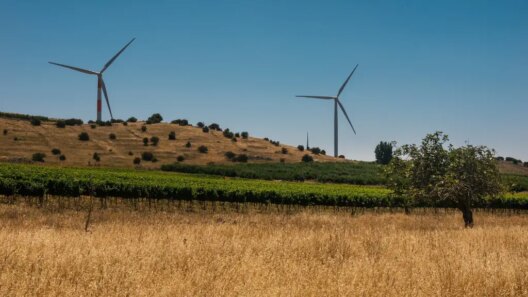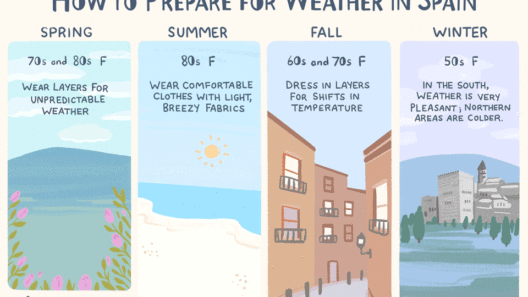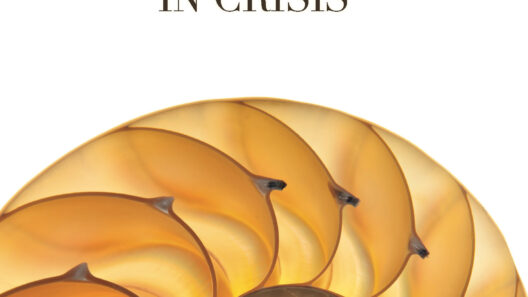When embarking on the journey to secure our possessions, one must navigate a myriad of choices. Among these decisions lies the pivotal question: should one opt for climate-controlled storage or its non-climate-controlled counterpart? This comparison is akin to choosing between a luxury yacht and a modest fishing boat; both serve a purpose, but the nuances in comfort and protection can make a world of difference.
At its core, the fundamental distinction between climate-controlled and non-climate-controlled storage revolves around the environmental parameters maintained within the storage unit. Climate-controlled storage units are the fortified castles in the realm of storage, employing sophisticated mechanisms to regulate temperature and humidity levels. In contrast, non-climate-controlled units resemble rustic sheds, exposed to the whims of the outside climate, vulnerable to elements that can degrade your belongings.
To fathom the importance of these differences, one must first consider what is at stake—our cherished items, from delicate heirlooms to essential documents. In a climate-controlled environment, the temperature is typically maintained between 55°F and 85°F, while humidity levels are regulated to hover around 30-50%. This meticulous regulation acts as a guardian against mold, mildew, and pest infestations. The upholstery of your grandmother’s antique chair or the pages of your beloved first edition books will remain unscathed in such a sanctuary.
Conversely, placing your belongings in a non-climate-controlled storage unit is like leaving a vibrant painting exposed to the sun’s harsh rays. Over time, colors may fade, materials can warp, and the overall integrity of the item risks erosion. The temperature fluctuations can lead to condensation, creating a breeding ground for mold and mildew. Such environments are inhospitable to valuable items like electronics, artwork, and sensitive documentation. The stakes become astoundingly high when one considers the replacement or restoration costs associated with damage that could have been easily averted.
Another vital aspect to consider is the geographical locale of the storage facility. Areas that experience extreme temperatures or high humidity levels can exacerbate the risks associated with non-climate-controlled storage. Storing items in a desert climate can result in parched, cracked materials, while humid regions can lead to a damp, musty atmosphere. Thus, context plays a crucial role in dictating which storage option aligns with your needs. Opting for climate-controlled storage in such environments can be likened to seeking refuge in a cool oasis, providing much-needed respite from the harsh realities surrounding it.
In addition to temperature and humidity control, one must also consider the potential for pest infestations. Climate-controlled storage facilities often employ more rigorous controls to mitigate pest issues, including regular inspections and professional interventions. Non-climate-controlled units, open to the variability of the external environment, may experience rodent or insect invasions. This can lead to irrevocable damage to your belongings, as pests are notoriously destructive, consuming and contaminating items left unprotected.
Financial considerations also play a significant role in this decision-making process. While it’s true that climate-controlled units often come with a higher rental price, the long-term savings that accompany the protection of your items can be substantial. Consider the cost of restoration or replacing damaged goods versus the consistent, albeit slightly elevated, investment in a climate-controlled unit. One could argue that choosing the latter is a form of financial prudence—a safeguarding of your treasures akin to investing in a well-insulated home.
Moreover, many individuals find that the peace of mind provided by climate-controlled storage is worth its weight in gold. This intrinsic value resembles that offered by a robust insurance policy; while it may seem like an unnecessary expense, the reassurance of knowing your belongings are secure and protected cannot be understated. When faced with the uncertainty of environmental factors, climate-controlled storage becomes a bastion of security.
Interestingly, the choice isn’t solely dictated by the value of the items being stored; it also encompasses the duration of storage. Short-term storage needs might comfortably lie within the constraints of a non-climate-controlled unit, especially for items that are less susceptible to damage. However, for long-term storage, particularly for items of emotional or monetary significance, the merits of climate-controlled storage become overwhelmingly evident. It is analogous to choosing between a short, quick trip versus a prolonged expedition—preparation and stability are paramount.
Next, consider the unique appeal that climate-controlled storage holds for specific items. Collectors, enthusiasts, and those holding unique artifacts must weigh the implications of their choices carefully. Art, antiques, electronics, and even seasonally-sensitive items such as wine collections demand an environment where their unique characteristics can flourish. As such, climate-controlled storage operates not merely as a unit; it becomes a sanctuary for treasures, ensuring their stories can continue to be told.
Ultimately, the decision between climate-controlled and non-climate-controlled storage is not merely a matter of preference; it embodies a deeper understanding of stewardship over our possessions. The meticulous nature of climate-controlled storage encapsulates the idea of caring for our belongings as we would for cherished relationships, ensuring their longevity and value remain intact. In this fight against disrepair and deterioration, making informed choices is crucial. Choose wisely, for in the world of storage, the sanctuary you create can determine the fate of what you hold dear.








